

























Holidays are upon us. Thanksgiving brought the aromas of meats and casseroles and kids bouncing around with joy with the hope that St. Nick will pay them a visit. Hopefully we get the socks and underwear that we probably need but never ask for.
I just returned from the Carolina’s Turf Conference, and they had a tremendous turnout. I saw many of our vendors out there supporting the industry. It was great to see everyone and make a few new connections. For that I am thankful.
I am thankful to work for a company that allows me to expand on the knowledge that these conferences provide. I am thankful for my family who allows me to travel and spend a few nights away from home. I am thankful for our vendors who support in many ways. I am thankful for this association and its members who continue to grow and overcome challenges year after year.
I hope to see all of you in January and for that, I am thankful.
I hope you enjoy the holidays and thank you for the relationships we have developed over the years.
Ryan Storey TTA President
JANUARY 6
2025 TTA Conference & Trade Show
Murfreesboro, TN
JANUARY 12 – 16
2025 Sports Field Management Assn. Conference Palm Springs, CA
FEBRUARY 1 – 6
2025 GCSAA Conference & Trade Show
San Diego, CA
The Tennessee Turfgrass Association serves its members in the industry through education, promotion and representation. The statements and opinions expressed herein are those of the individual authors and do not necessarily represent the views of the association, its staff, or its board of directors, Tennessee Turfgrass Magazine, or its editors. Likewise, the appearance of advertisers, or Turfgrass Association members, does not constitute an endorsement of the products or services featured in this, past or subsequent issues of this quarterly publication. Copyright © 2024 by the Tennessee Turfgrass Association. Tennessee Turfgrass is published bi-monthly. Subscriptions are complimentary to members of the Tennessee Turfgrass Association. Third-class postage is paid at Jefferson City, MO. Printed in the U.S.A. Reprints and Submissions: Tennessee Turfgrass allows reprinting of material. Permission requests should be directed to the Tennessee Turfgrass Association. We are not responsible for unsolicited freelance manuscripts and photographs. Contact the managing editor for contribution information. Advertising: For display and classified advertising rates and insertions, please contact Leading Edge Communications, LLC, 206 Bridge Street, Suite 200, Franklin, TN 37064, (615) 790-3718, Fax (615) 794-4524.
Tennessee Turfgrass is the official publication of The Tennessee Turfgrass Association
400 Franklin Road
Franklin, Tennessee 37069 (615) 928-7001
info@ttaonline.org www.ttaonline.org
PUBLISHED BY
Leading Edge Communications, LLC
206 Bridge Street
Franklin, Tennessee 37064 (615) 790-3718
info@leadingedgecommunications.com
EDITOR
Dr. James Brosnan
TTA OFFICERS
President Ryan Storey Line to Line LLC
Vice President
Ryan Blair, CGCS Holston Hills Country Club
Secretary / Treasurer
Bart Cash Crossroads Sod Farm
Past President
Chris Sykes
Tellico Village
Executive Director
Melissa Martin
Tennessee Turfgrass Association
TTA 2023 BOARD OF DIRECTORS
Jason Bradley
Ben Dodd
Dan Johnson
Ashley Gaskin
Cal Hill
Jeff Huber
Jeff Kuhns
Bill Marbet
Wells McClure
Bob McLean
William Newsome
Mark Stovall
John Wagnon
Jeff Wyatt
TTA ADVISORY MEMBERS OF THE BOARD
Bill Blackburn
Dr. Jim Brosnan
Joe Hill
Dr. Brandon Horvath
Lynn Ray
Jeff Rumph
Dr. Tom Samples
Dr. Dennis Shepard
Dr. John Sorochan
Dr. Wes Totten


Since 1965, the Tennessee Turfgrass Association has held strong to its core mission: To promote the turfgrass industry through education, scholarship and research. We invite you to join us at this year’s conference and trade show at the Embassy Suites Hotel in Murfreesboro. This year’s conference features an excellent education program and an expanded tradeshow floor, plus our annual Stars of the Industry awards recognitions! This is a conference you will not want to miss!
Registration available online by clicking the links at: ttaonline.org/event
Everyone is encouraged to register early to take advantage of the discounted registration rates.

The TTA has reserved a block of room at The Embassy Suites Hotel in Murfreesboro until December 1. After December 1, reservations will be subject to availability and regular rates. The TTA rate is $174. Please call (615) 890-4464 to make your room reservation and reference The Tennessee Turfgrass Association group code TTG.
The Embassy Suites Hotel in Murfreesboro is located at 1200 Conference Center Boulevard, Murfreesboro, TN 37129. From I-24 East or West take exit 76 Medical Center Parkway. Head north on Medical Center Parkway, hotel is located on the right. It is located 29 miles (35 minutes) from the Nashville airport (BNA). You may reach the hotel by calling 615-890-4464.
Applications for pesticide points will be submitted to Tennessee, Kentucky, Georgia and Mississippi.
This program will be submitted for GCSAA continuing education.
All cancellations and substitutions must be received in writing. They may be emailed to info@ttaonline.org. Full refunds will be made if written notice of cancellation is received on or before December 1, 2024. After December 1, 2024, and prior to December 13, 2024 one half of the per person fee will be refunded. No refunds will be made for cancellations received after December 13, 2024. The association has to provide all food guarantees to the hotel on December 13 and is no longer able to lower those numbers.
Substitutions are always welcome.

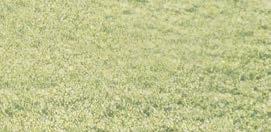



Data that drives you.
Contact your local dealer to learn more.
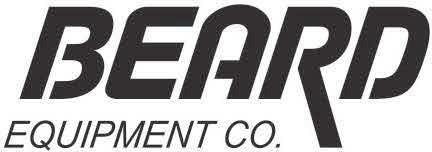


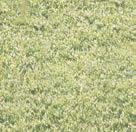
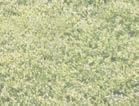








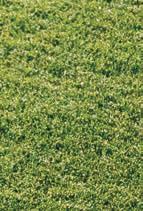

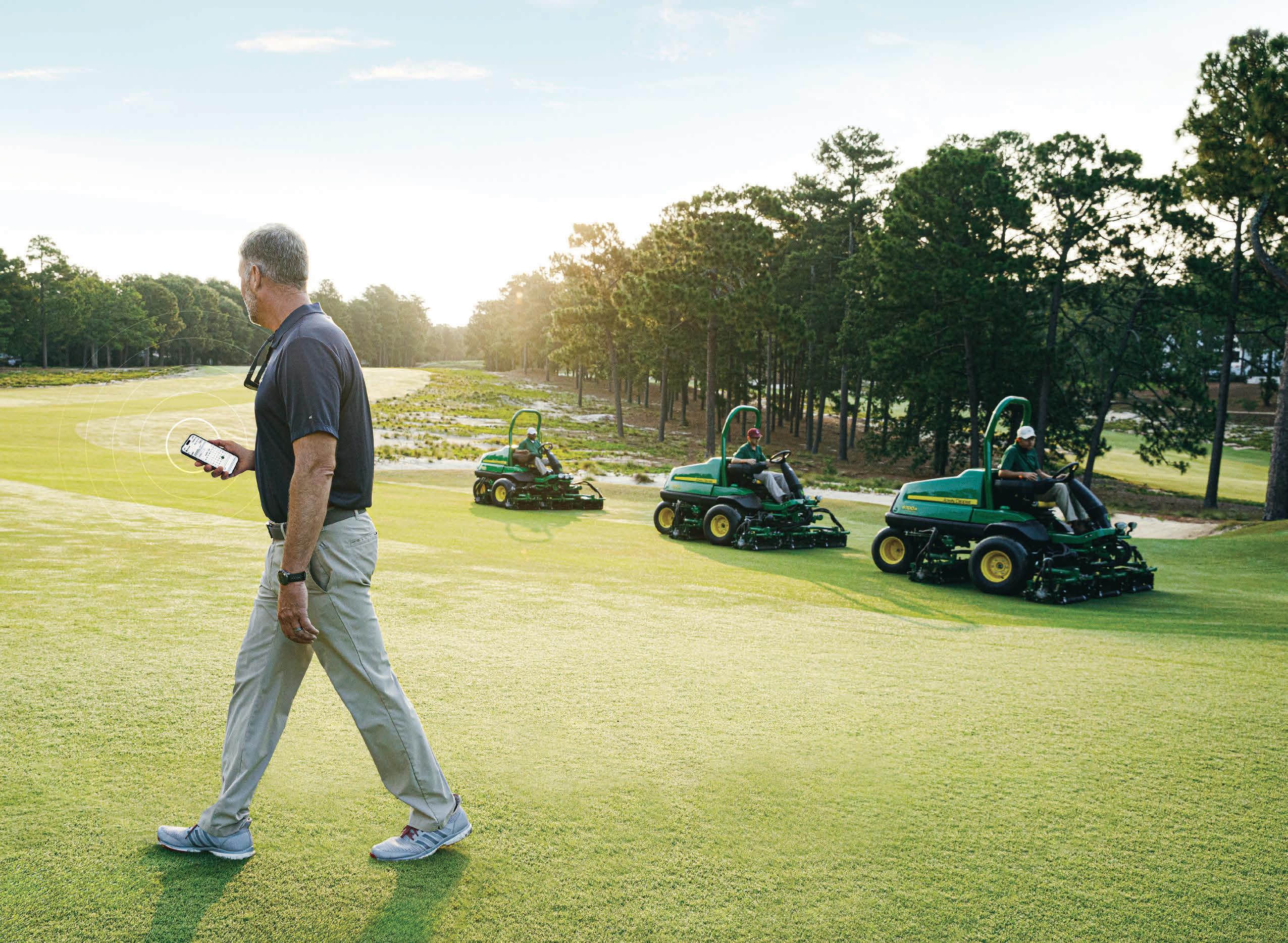



Golf course management never stops and often requires you to handle multiple tasks at once. John Deere PRO Golf is an all-in-one solution that provides real-time workboard updates, diagnostics, and reporting, all while tracking your equipment‘s location, service records, and hours. With John Deere PRO Golf, you can make data-driven decisions to manage your entire operation like never before.


























Monday, January 6, 2025
Time General Session
8:00 – 8:10 AM
8:10 – 9:15 AM
Welcome & Opening Remarks
Ryan Storey, TTA President
Keynote
Mike Keith
9:15 – 10:15 AM Panel Discussion
10:15 – 10:30 AM Break
10:30 AM – 12:00 PM
12:00 – 1:30 PM
1:45 – 3:45 PM
FIFA World Cup 2026: A UT Turfgrass Update
Dr. John Sorochan, University of Tennessee
Dr. Kyley Dickson, University of Tennessee
Rhys Fielder, University of Tennessee
Pesticide Exam Training
Training for the Tennessee Department of Agriculture Pesticide Certification Exam
Learn all you need for the Category 3 Exams required to be a certified application in TN
Dr. Darrell Hensley University of Tennessee
TTA Awards Luncheon and Annual Business Meeting
Timely Topics in Pest Management
Dr. Jim Brosnan, University of Tennessee
Dr. Brandon Horvath, University of Tennessee
Dr. Travis Gannon, North Carolina State University
Moderator: Dr. Becky Bowling
3:45 – 4:00 PM Break
GCSAA Governmental Affairs – Updates and Discussion
Chava McKeel – GCSAA Govt. Affairs
Dr. Travis Gannon
4:00 – 5:00 PM
Dr. Jim Brosnan
Dr. Brandon Horvath
Moderator: Dr. Becky Bowling
Take the Exam to Become a Certified Applications in TN
Dr. Darrell Hensley University of TN
In just seven years, TifTuf®’s installation of over 2 billion square feet has saved more than 48 billion gallons of water. It’s the only Bermudagrass to top National Turfgrass Evaluation Program trials 93% of the time, far ahead of Tahoma at 73%. Recognized for its drought tolerance, TifTuf® is the USDA Specialty Crop Research Initiative’s standard for future university testing and has earned the #1 ranking in the USDA/NTEP ET-Based Water Deficit Research Trial.
TifTuf ®’s water efficiency has garnered numerous awards, including the Smart Approved Water Mark from Australia’s Water Services Association, the Georgia House and Senate’s Extraordinary Water Conservation award, and the

Georgia Association of Water Professionals’ Water Wise Award. It’s also named the Turfgrass of Choice by Southern Living Inspired Communities.
TifTuf® is the most produced proprietary Bermudagrass globally, with more produced in the U.S. than all other varieties combined worldwide. It is the preferred choice for new golf courses, sports fields, and residential and commercial landscapes, and it’s the only Bermuda

sold through Home Depot and Lowe’s by Harmony Outdoor Brands.
While others check boxes, TifTuf® redefines them. Experience the exceptional quality and innovation of TifTuf® turfgrass.
7 – 8:00 AM
8 – 8:15 AM
Tuesday, January 7, 2025
8:15 – 10:15 AM
Updates in Turfgrass Breeding and Selection; Project Highlights
Producers involved in first part, adjust when sod session starts
Dr. Becky Bowling, University of Tennessee
Dr. Kyley Dickson, University of Tennessee/A-LIST
Dr. Grady Miller, North Carolina State University
Dr. Jordan Booth, United States Golf Association
Moderator: Dr. John Sorochan
10:15 – 10: 30 AM
10:30 – 12 PM
Autonomous Equipment
Dan Meersman, Chief Planning Officer/Director of Grounds and Facilities –Philadelphia Cricket Club
2024 Rounds for Research Update
JD Boyce, Tupelo Country Club
Mid-South Turf Council Information Exchange
H2A Labor Discussion Dr. Margarita Velandia, University of Tennessee
Thomas Ayers, Tennessee Department of Labor
Career Navigation Workshop for Assistant Superintendents
Darren Davis, (8:00 – 10:00) Olde Florida
Jim West, PGA Career Services
Mid South Turf Council Information Exchange Continues
12 – 4:30 PM Lunch and Fun on the Trade Show Floor 6 – 9 PM
Career Navigation Workshop for Assistant Superintendents Continues
The Main Event, 1510 Greshampark Dr, Murfreesboro, TN 37129 You must pre-register for this event.


8 – 9:15 AM
Masters of the Game: Regional Golf Course Experiences from Tournaments to Renovations
John Ballard, Valhalla
9:15 – 10:15 AM
Wednesday, January 8, 2025
Panel for Sports Field Transition Alternatives
Dr. Grady Miller Brad Driggers Ian Christie
Turfgrass Management at Western Kentucky University
(9:30 – 10:30) 60 min
Kyle Davenport, WKU
Dr. Dan Strunk
Irrigation 101
SiteOne
10:15 – 10: 30 AM Break
USGA/PGA Year in Review
A panel format
Dr. Jordan Booth, USGA
10:30 – 11:45 AM
Maureen Kahiu, Univ. of Tennessee
Dr. Becky Bowling, Univ. of Tennessee
Moderator: Dr. Jim Brosnan
Synthetic Systems Management
Dr. Kyley Dickson, Univ. of Tennessee
Taylor Williams, Univ. of Tennessee
Michael Henry, Titans Golf Course Irrigation (10 – 12)
SiteOne
Equipment Maintenance Spanish for Turf
11:45 – 12 PM
TGCSA Update & Annual Meeting TVSFMA Update & Annual Meeting 12 PM Adjourn
Sprayer/Spreader Calibration; Turfgrass Mathematics (10 – 12)
Michael Brownlee, Simplot






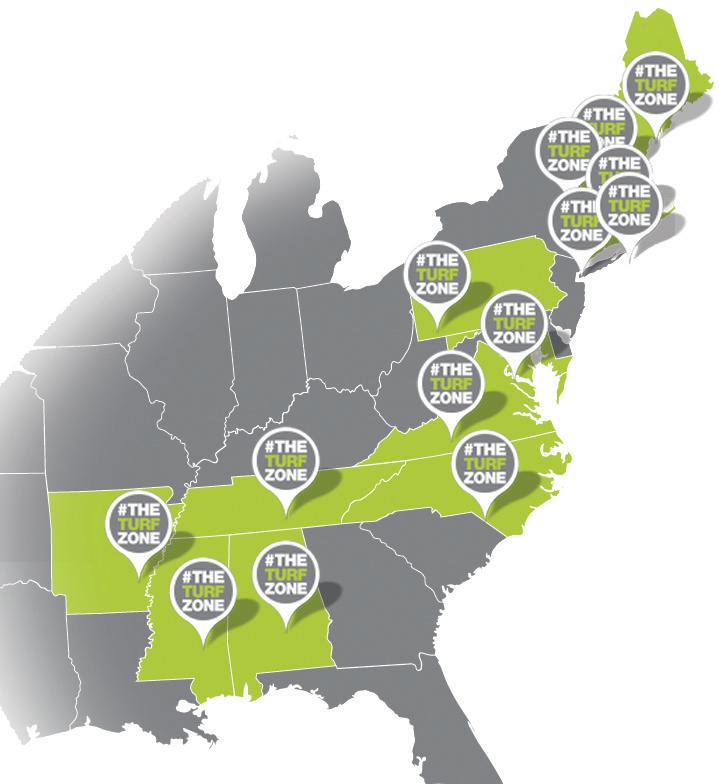

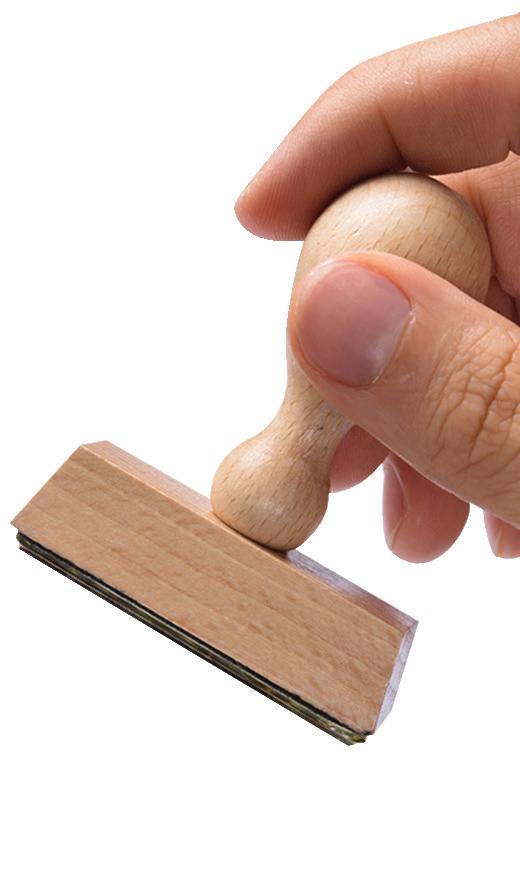
The Main Event | Tuesday, January 7, 2024 | 6:00 – 9:00 PM
The Main Event has many options for your entertainment. You will have access to bowling, laser tag, billiards, arcarde and virtual reality. Your options for entertainment are limitless!
Transporation is not needed! The Main Event is located at 1510 Greshampark Dr, Murfreesboro, TN 37129. It is a quick 10 minute walk.
The fee to attend is $50 per person and is limited to the150 attendees, so get signed up quick as spots will fill up quickly. This fee includes a 3 hour time card as well as dinner. There will be a cash bar.
Please Note: If you have already registered for the conference and would like to add this event, please email info@ttaonline.org
We will honor all of the awards recipients at a luncheon on Monday, January 6, 2025. Everyone is invited and encouraged to attend this event. This event is included in the full conference registration package.
The categories of management that we would like to highlight at our next conference are Tom Samples Professional of the Year, Environmental Stewardship Award, Sports Field of the Year and Golf Course of the Year
We have two scholarships that are awarded annually, which are the Legacy Scholarship and the Ernest Hardison Memorial Scholarship
Please try to keep any operations or individuals in mind that make a statement to you or the industry and let us know. Below you will find links to each award and scholarship that will take you to the nomination and application forms.
This award recognizes outstanding contributions by individuals, organizations, businesses, educational institutions, and agencies for successful projects or activities designed to improve the environment through wildlife habitat preservation, water and resource conservation and reduction, and educational outreach.
The TTA recognizes that our members make personal and professional contribution to our industry and to the organization you serve. This award is presented to a sports field which has demonstrated those qualities.
The TTA recognizes that our members make personal and professional contribution to our industry and to the organization you serve. This award is presented to a golf course which has demonstrated those qualities.
The Legacy Scholarship offers financial aid to children or grandchildren of active TTA members in good standing. Scholarship applicants are not required to be pursuing education in a turfgrass related field to be eligible for the TTA Legacy Scholarship. The scholarship is funded and administered by the TTA.
The Ernest Hardison Memorial Scholarship offers financial aid to students interested in pursuing a career in turf management. The scholarship is funded and administered by the TTA. The scholarship is funded and administered by the TTA.
Greene



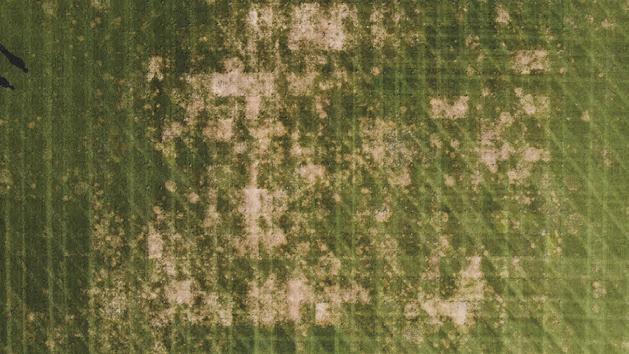

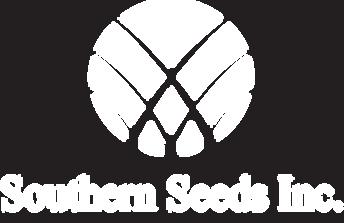
Turf
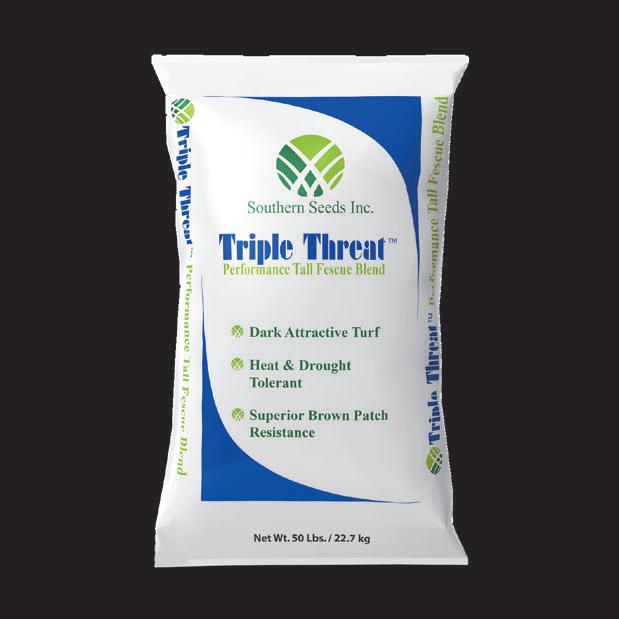












Executive Director of Turfgrass Producers International (TPI), Dr. Casey Reynolds leads an association that has been the cornerstone of the turfgrass production industry for nearly 60 years. With a focus on education, advocacy and resource development, Reynolds ensures that TPI supports sod farmers, equipment manufacturers and industry professionals worldwide while promoting the environmental and economic benefits of natural grass.
Reynolds’ passion for agriculture began in high school while working on a strawberry farm. Internships on golf courses and sports field projects led him to study turfgrass at North Carolina State University’s College of Agriculture and Life Sciences in 1996, earning a bachelor’s and master’s degree. After graduating with his master’s, he launched a landscaping company, handling yard spraying, lawn mowing and sod installation for five years before returning to NC State to complete his PhD in 2013.
Reynolds’ passion for education and research and advice from mentors made pursuing a PhD a natural fit. “After 13 years at NC State University, I move to College Station, TX in 2013 where I served as a statewide turfgrass extension specialist and faculty member in the Soil and Crop Sciences Department at Texas A&M University.”
Reynolds learned the experience of being a faculty member helped develop many of the skills necessary to running a nonprofit. “You have to raise funds, create programs and publications that have value to the industry, and build relationships to become a trusted source of guidance,” he explained.
His time in the Lonestar State also offered him new perspectives on farming. “Texas is so large and I enjoyed the diversity and prominence of farming. It’s something that kind of drew me to TPI – I’ve always really enjoyed working with farmers.”
In 2016, industry colleagues encouraged Reynolds to apply for the Executive Director role at TPI. During his 2017 interview with TPI’s Board in Tucson, Reynolds was excited to learn that many familiar faces he knew in sod production were already members of TPI. “It really was a natural fit”, says Reynolds. Working with farmers is something I have always enjoyed and to have a chance to serve them full-time inspired me to pursue the position.”


Reynolds officially began with TPI in May 2017. Just days later, he attended an industry event at Thomas Turfgrass in Paige, TX, for a Sod Solutions showcase featuring Latitude 36® Bermudagrass. As he arrived, he recalls receiving a call from his wife—nine months pregnant—saying she was going into labor. “I’ll always remember my first official TPI event as the day our daughter was born,” Reynolds said. “That memory alone will always remind me of my time in Texas, which I thoroughly enjoyed. The fact that I was on a sod farm when I got that call is just a nice little extra twist of fate.” Reynolds and his family now reside in North Carolina.
TPI hosts and participates in large conferences and meetings around the world, planned several years in advance. Reynolds emphasized the importance of TPI’s conferences, which bring members together to share knowledge, explore the latest technology and reconnect with colleagues. “One of the things our members routinely tell us is that they have built relationships at TPI conferences that lasts a lifetime.”

Reynolds credits much of the success of these events to his small but hard-working team: TPI’s Administrative Manager Geri Hannah; TPI’s Membership & Marketing Manager Allie Roed; TPI’s Event Planner Liz Lonsbrough and her team; and Mike Blair and others. “They do an amazing job ensuring our events and tours go off without a hitch.”
Steve and Suz Trusty, co-editors of TPI’s bi-monthly magazine TPI Turf News are also a large part of TPI. During their tenure, they’ve led the magazine to numerous communication awards and have both earned a place in the Turf and Ornamental Communicators Association (TOCA) Hall of Fame.
“Our small staff does a bit of everything and I’m thankful for all they accomplish. Geri Hannah, Steve Trusty and Suz Trusty have been with TPI for many years now and I’m sad to say that retirement just over the horizon for them. We’ll work hard to ensure smooth transitions”, Reynolds noted, “but as any farmer or other businessperson knows, it’s always difficult to replace great people, especially those you’ve grown to care about like family.”
Advocacy is a core aspect of TPI’s work. Since 2017, Reynolds has influenced state and federal policies, providing testimony on grass bans in Maryland, North Carolina, California, Utah, Colorado and Texas, just to name a few. He’s worked with the Environmental Protection Agency to maintain herbicide labels for sod production and sports fields and influenced policy decisions at the Departments of Labor (DOL), Transportation (DOT) and Agriculture (USDA).
Perhaps most notably, in 2019, the DOT removed sod from its list of agricultural commodities, threatening farmers’ exemptions from Hours of service (HOS) rules. TPI spent three years with the federal government, meeting in person with officials in Washington, DC and submitting comments to successfully reinstate sod as an agricultural commodity. For Reynolds, getting sod included in the new definition of Agricultural Commodity was “one of the most worthwhile achievements” of his career. “I cannot stress enough how important these efforts are,” says Reynolds. “It’s very rewarding to be able to go into a city council, state legislature or federal agency and succeed at something like keeping farm plates and ag exemptions for sod producers. That is a tangible, positive impact that is felt back on the farm for producers all over the United States.”

Similarly, TPI successfully lobbied to include sod in USDA COVID-19 relief programs, securing up to $210 million for sod farmers who lost sales in the early stages of the pandemic. Reynolds shared this would not have happened without TPI efforts in Washington, DC. Due to its importance, government relations take up a significant part of his time. While TPI’s advocacy primarily focuses on U.S. regulations, international members often note that U.S. policies tend to influence policy in their countries as well.
To ensure the next generation is engaged, TPI launched the Future Leaders Program, engaging younger members in state-level public policy. This group of leaders travels to Washington, DC each year with Reynolds to visit in person with staff at legislative offices and agencies to make sure sod producers have a voice in policy.
TPI continues to emphasize natural grass’s environmental and safety benefits over artificial turf. Reynolds noted that athletes consistently prefer natural grass, with studies showing it’s safer for knee and ankle injuries, concussions and overall career longevity.


A TPI-published NFL case study found that most players believe artificial turf increases injury risks and soreness. Reynolds is optimistic that the 2026 World Cup, played on natural turfgrass, will further showcase the advantages of grass fields on a global stage.
Rising concerns over plastic pollution have led to an increasing interest in artificial turf bans, creating new opportunities for natural grass. “People are starting to realize that plastic pollution is a serious issue. It’s the perfect time to promote the environmental benefits of grass,” Reynolds explained. It’s also important to participate in pending legislation in state and federal agencies around plastic pollution. “In my initial time at TPI I would only ever get called in to testify on grass bans, but in the last 12-18 months I’ve been asked to comment on artificial turf bans as well.” Many parents, advocacy groups and agencies are starting to ask about the potential impacts of forever plastics, often called PFAs.
TPI continues to advocate for the long-term benefits of natural grass as the world shifts towards plasticfree choices.
Reynolds recently stepped in as interim Executive Director for the North Carolina Sod Producers Association (NCSPA) while continuing to lead TPI. During his time at NC State, Reynolds built close relationships with former Executive Director Dr. Art Bruneau and sod producers across the state. When Bruneau stepped down in 2022, NCSPA turned to TPI for interim leadership. Eager to help due to their shared goals and proximity, Reynolds took on overseeing communication, leading annual meetings and keeping members informed on industry news.


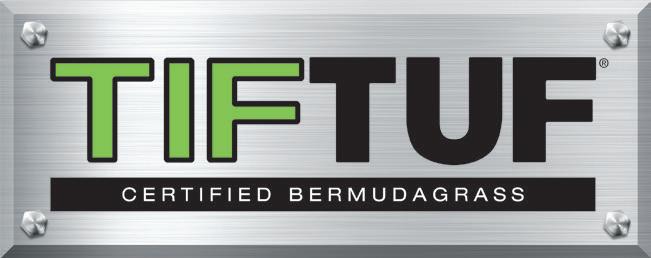



www.surlineturf.com • email: surline1@gmail.com
Athletic Field Construction and Renovation
Golf Course Construction and Renovation
Laser Grading • Super Topdressing
No-Till Planting • Sodding • Sprigging
On-Site Custom Built Turf Covers
Fertilizer • Seed • Turf Colorant
Sod Staples • Bunker Nails • Bunker Liners
Sod • Sprigs • Sand • Mixes
Infield Mix • Infield Conditioners
Warning Track Stone • Mound Clay
Reynolds asks that all sod farms consider joining TPI, which produces award-winning publications like Turf News magazine, a 100+ page annual guide on weed, insect and disease control for turfgrass producers and a book on Sod’s Status as Agriculture in law.
“TPI’s work benefits every sod farm and being a member allows you to access critical resources and connections that can strengthen your business and our industry. We absolutely could not be successful in positively impacting laws or codes at the federal and state level, fighting grass bans or any of the other work we do without the support of the industry”, he emphasized. “We’re here to serve, so please reach out to us any time.
TPI was founded in 1967 at Michigan State University’s Turfgrass Field Day, when 40 individuals formed the American Sod Producers Association (ASPA). It was renamed Turfgrass Producers International in 1994 to reflect its global reach. Today, TPI represents members across the U.S. and in many countries.
“I’m passionate about leading TPI and addressing the issues that matter most to sod producers,” Reynolds concluded. To learn more about TPI’s resources and upcoming events or to become a member, visit TurfgrassSod.org
This article was written by Sod Solutions Media and Content Manager, Cecilia Johnson. To read it online, visit the Sod Solutions website. Sod Solutions is celebrating 30 years of successfully developing and releasing turfgrasses with over 20 market-leading varieties like Palmetto® St. Augustine, Celebration® Bermudagrass, EMPIRE® Zoysia and more. Based in Charleston, SC, Sod Solutions is your go-to expert resource for lawn and garden content. For media inquiries and visual materials, email cecilia@sodsolutions.com
José Javier Vargas Almodóvar Research Associate II Turf & Ornamental Weed Science
The University of Tennessee 2431 Joe Johnson Drive 252 Ellington Plant Sci. Bldg. Knoxville, TN 37996 (865) 974-7379 jvargas@utk.edu tnturfgrassweeds.org @UTweedwhisperer
Greg Breeden Extension Specialist, The University of Tennessee 2431 Center Drive 252 Ellington Plant Sci. Bldg. Knoxville, TN 37996-4561 (865) 974-7208 gbreeden@utk.edu tnturfgrassweeds.org @gbreeden1
Jim Brosnan, Ph.D. Professor, The University of Tennessee Director – UT Weed Diagnostics Center 112 Plant Biotechnology Bldg. 2505 EJ Chapman Drive. Knoxville, TN 37996 Office: (865) 974-8603 tnturfgrassweeds.org weeddiagnostics.org mobileweedmanual.com @UTturfweeds
Kyley Dickson, Ph.D. Associate Director, Center for Athletic Field Safety Turfgrass Management & Physiology (865) 974-6730 kdickso1@utk.edu @DicksonTurf
Midhula Gireesh, Ph.D. Assistant Professor and Extension Specialist Department of Entomology and Plant Pathology
The University of Tennessee UT Soil, Plant and Pest Center 5201 Marchant Drive Nashville, TN 37211 mgireesh@utk.edu (615) 835-4571
Brandon Horvath, Ph.D. Associate Professor, Turfgrass Science
The University of Tennessee 252 Ellington Plant Sci. Bldg. 2431 Joe Johnson Drive Knoxville, TN 37996 (865) 974-2975
bhorvath@utk.edu turf.utk.edu @UTturfpath
Becky Bowling, Ph.D. Assistant Professor and Turfgrass Extension Specialist
The University of Tennessee 112 Plant Biotechnology Bldg. 2505 E.J. Chapman Dr. Knoxville, TN 37919 (865) 974-2595 Rgrubbs5@utk.edu @TNTurfWoman
John Sorochan, Ph.D. Professor, Turfgrass Science
The University of Tennessee 2431 Joe Johnson Drive 363 Ellington Plant Sci. Bldg. Knoxville, TN 37996-4561 (865) 974-7324 sorochan@utk.edu turf.utk.edu @sorochan
John Stier, Ph.D. Associate Dean
The University of Tennessee 2621 Morgan Circle 126 Morgan Hall Knoxville, TN 37996-4561 (865) 974-7493 jstier1@utk.edu turf.utk.edu @Drjohnstier
Nar B. Ranabhat, Ph.D. Assistant Professor and Extension Plant Pathologist Department of Entomology and Plant Pathology
University of Tennessee UT Soil, Plant and Pest Center 5201 Marchant Drive, Nashville, TN, 37211 (615) 835-4572 nranabhat@utk.edu @UTplantPathoDoc

Locally Owned and Operated Serving Tennessee, Kentucky & Northern Alabama for the Last 25 Years Staffed by Former Superintendents and Turfgrass Managers, with Over 120 Years of Market Experience in Turf and Ornamentals Offering Trusted Well Known Chemistries and Products as well as Proprietary Fertilizers and Adjuvants

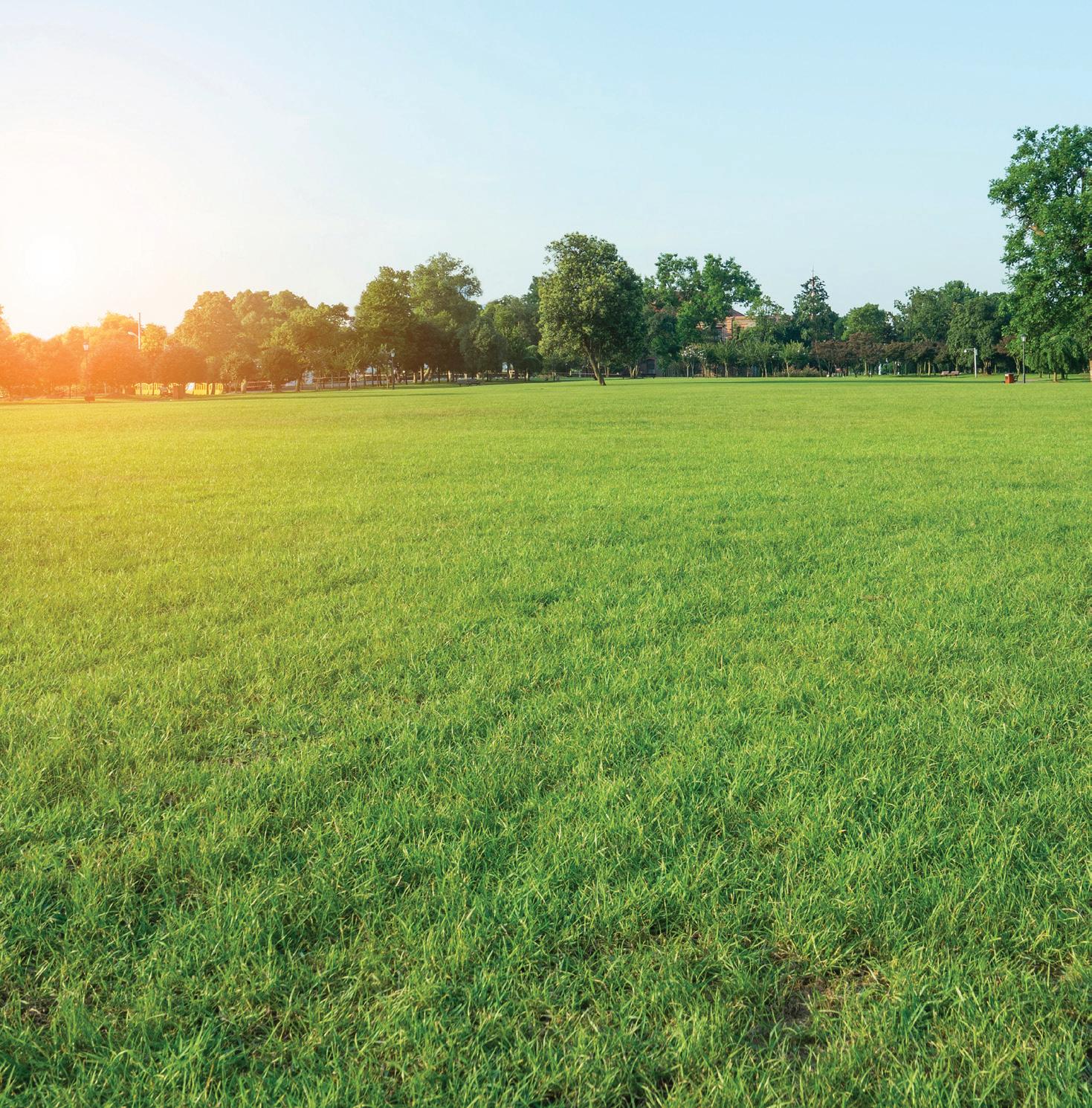


you’re a homeowner passionate about maintaining a thriving lawn, fertilizer is likely a crucial tool in your gardening toolkit. But what if you have fertilizer left over from last season? Does fertilizer go bad or lose its effectiveness? Knowing answers to these questions can help you maximize your gardening efforts and avoid waste.
In this guide, we’ll explore different types of fertilizers, how long does fertilizer last, and essential storage tips to keep your fertilizer from going bad.
Granular fertilizers are popular for their long shelf life. If you’re asking does lawn fertilizer go bad in granular form, the answer is no, provided it’s stored properly. Granular fertilizers can last indefinitely as long as they are kept dry and away from moisture. However, if moisture gets in, it can cause clumping, which affects its effectiveness.
Liquid fertilizers are typically more concentrated and fasteracting than granular options but come with a shorter shelf life. Depending on the formulation, liquid fertilizers can last around 5–10 years if kept sealed and stored properly.
Once opened, they are more prone to degradation, particularly if exposed to air and moisture.
Organic fertilizers, such as compost or manure-based options, have shorter shelf lives compared to synthetic fertilizers. Since they rely on natural breakdown processes, they may lose their potency after a year or two.
Improperly stored organic fertilizers can harbor bacteria or mold, making them less effective and potentially harmful to plants.
If your granular fertilizer has absorbed moisture, you may notice that it has clumped together or hardened. This makes it difficult to spread and may reduce the even distribution of nutrients.
Clumped fertilizer can sometimes be crushed and used, but in more extreme cases, it may not be salvageable.
Liquid fertilizers can separate over time, especially if stored improperly. If you notice that the contents of your liquid fertilizer have separated into layers or there’s sediment at the bottom, it might indicate that the product is no longer usable.
Shaking the bottle can sometimes resolve this issue, but not always.
Organic fertilizers that have gone bad may emit a foul odor or show signs of mold growth. This happens when the natural decomposition process continues beyond what’s beneficial.
If your organic fertilizer smells off or appears moldy, it may no longer be safe or effective to use.
Several environmental factors can influence the shelf life of fertilizer. Here’s what to watch out for:
• Moisture and Humidity: Moisture is the primary enemy of both granular and liquid fertilizers. Granular fertilizers can clump, while liquid fertilizers can become diluted or contaminated if exposed to excessive moisture.
• Temperature Extremes: High temperatures can degrade certain fertilizers, especially liquid formulations. Freezing temperatures, on the other hand, can cause liquid fertilizers to separate or crystallize.
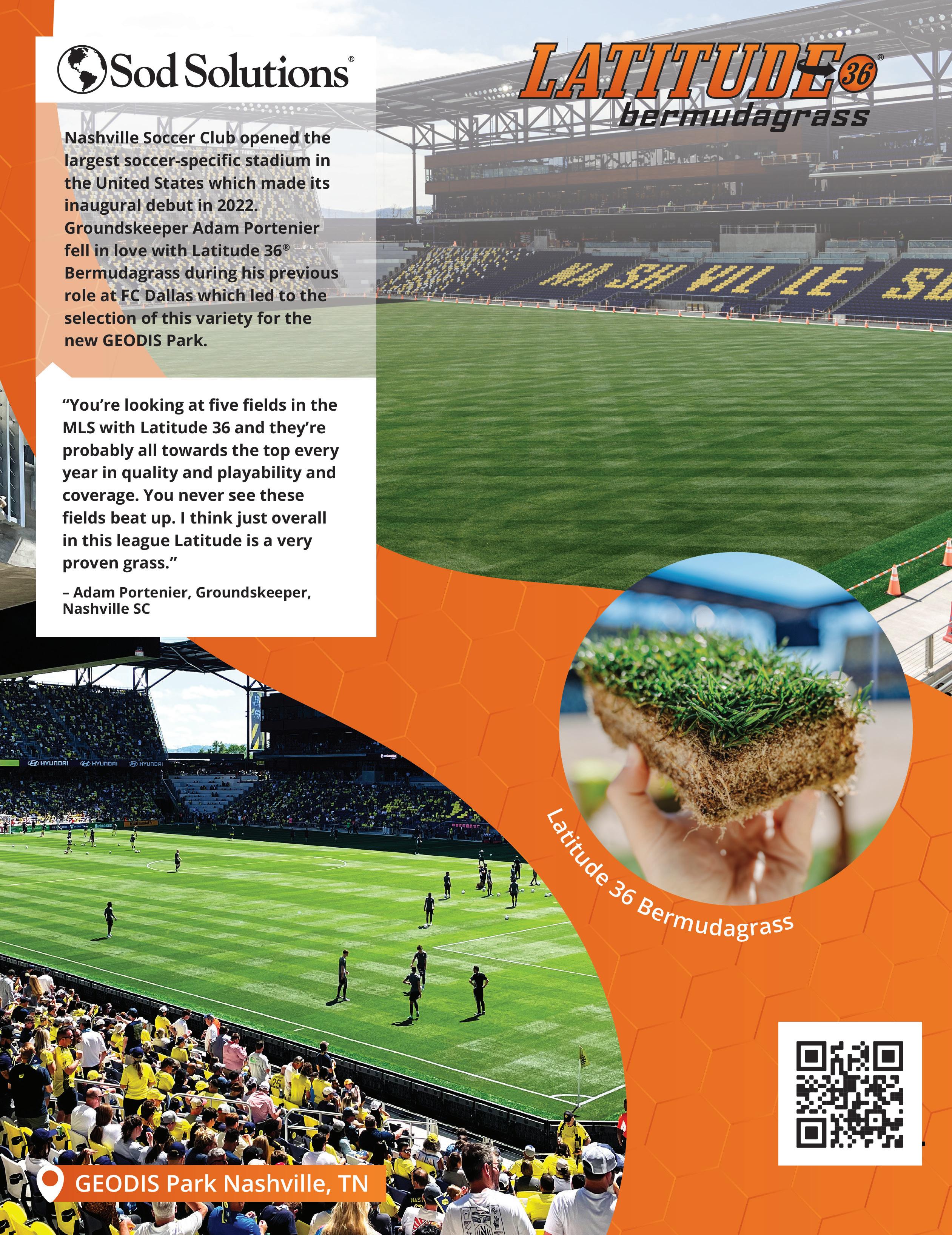
• Storage Conditions: Where you store your fertilizer is crucial. Fertilizers should be kept in cool, dry places, away from direct sunlight and extreme temperature fluctuations. A garage or shed often provides the ideal conditions, as long as it’s not too damp or too hot.
To extend the shelf life of your fertilizer, proper storage is essential. Always store granular fertilizers in airtight containers to keep moisture out, and make sure that liquid fertilizers are tightly sealed after each use.
Place fertilizers in a cool, dry area, like a garage or shed, away from direct sunlight and temperature extremes.
Organizing your fertilizer stash is another smart move. Label bags or bottles with the date of purchase to help you track how long you’ve had them.
Store fertilizers off the ground, either on shelves or in bins, to prevent them from being damaged by moisture or pests.
Preventing fertilizer from going bad can save you money and reduce waste. Here are some key tips to ensure your fertilizers last as long as possible:
• Inspect Packaging Before Purchase: When buying fertilizers, check that the packaging is intact and not damaged. This prevents moisture from entering the product before you even bring it home.
• Use Airtight Containers: For granular fertilizers, transfer any opened bags into airtight plastic bins or containers to keep moisture out. Liquid fertilizers should always be tightly sealed after use.
• Keep Fertilizers Off the Ground: Store fertilizers on shelves or raised surfaces to protect them from potential water leaks or flooding in your storage area.
• Avoid Overbuying: Only purchase the amount of fertilizer you’ll need for the season to avoid long-term storage and the associated risks of degradation.
• Check Expiration Dates: Liquid and organic fertilizers may have expiration dates. Rotate older products to the front of your storage area so that they get used first, and avoid holding onto products for too long.
• Periodic Stirring or Shaking of Liquid Fertilizer: Shake liquid fertilizers regularly to prevent sediment from forming at the bottom of the container and to maintain an even nutrient distribution.
Granular Fertilizer
Even if your granular fertilizer has hardened or clumped, it can sometimes still be used. Crush the clumps and see if they dissolve in water. If so, the fertilizer may still be effective.
For liquid fertilizers, separation isn’t always a dealbreaker. Try shaking the bottle well. If the liquid mixes evenly and doesn’t have an unpleasant odor, it may still be usable. However, if it remains separated or smells off, it’s best to dispose of it.
When it comes to organic fertilizers, the risks of using expired products are higher. If it smells foul or appears moldy, it’s better to discard it, as it could harm your plants.
Improper disposal of fertilizer can harm the environment. If you need to dispose of expired or unusable fertilizer, contact your local waste management facility for guidance. Some areas have specific disposal methods for fertilizers to prevent contamination of water sources.
If your fertilizer is slightly past its prime but not entirely spoiled, consider repurposing it. You can dilute older liquid fertilizer and use it on less sensitive plants or use clumped granular fertilizer in non-critical areas of your garden.
Want to learn more about achieving a great lawn? Check out more Sod University tips on the Sod Solutions website and subscribe to our weekly newsletter.
This article was written by Sod Solutions Content Strategist, Valerie Smith. To view this article online visit the Sod Solutions website. Sod Solutions is celebrating 30 years of successfully developing and releasing turfgrasses with over 20 market-leading varieties like Palmetto® St. Augustine, Celebration® Bermudagrass, EMPIRE ® Zoysia and more. Based in Charleston, SC, Sod Solutions is your go-to expert resource for lawn and garden content. For media inquiries and visual materials, reach out to Cecilia Johnson at cecilia@sodsolutions.com


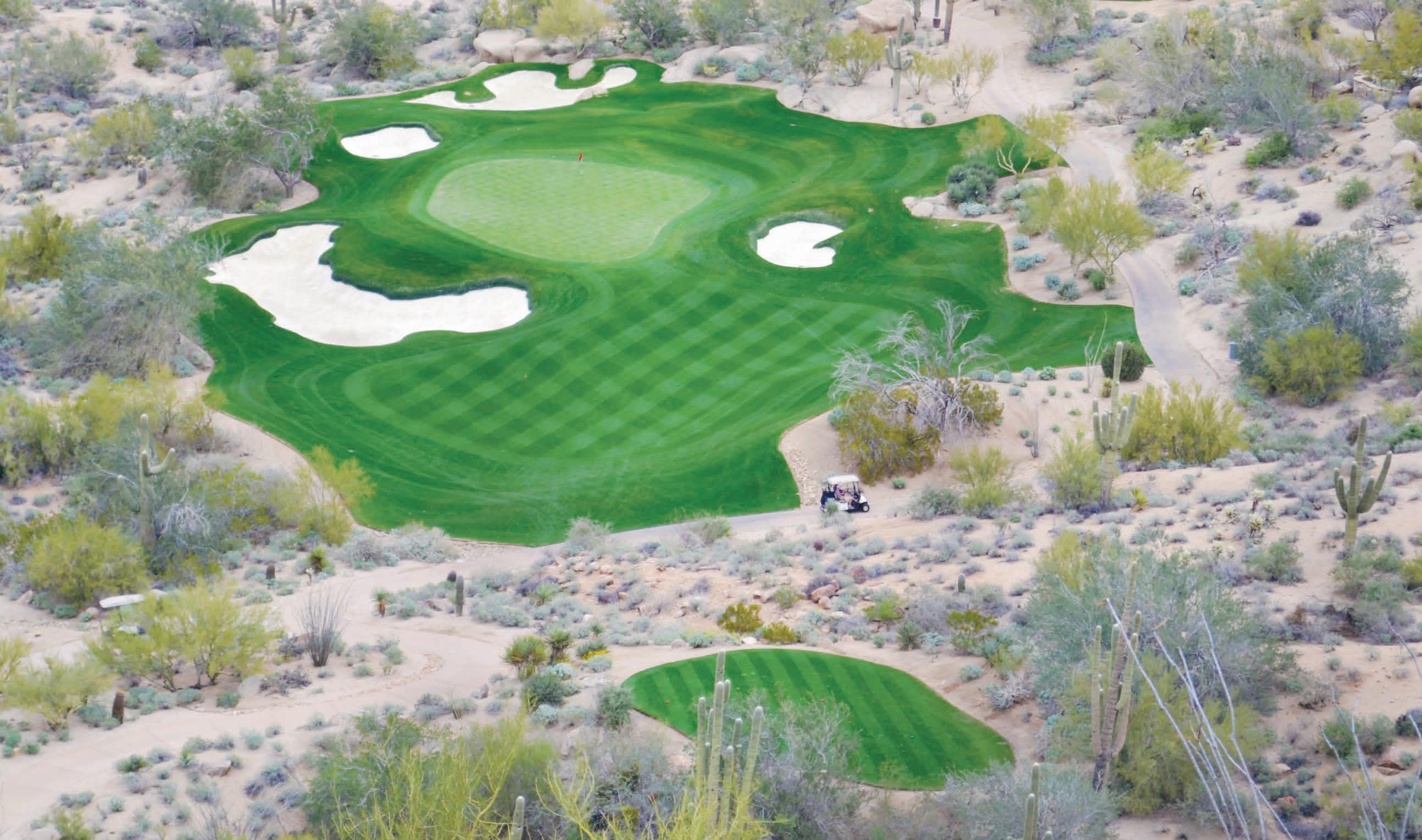
Irrigation (Liters) applied to 15 ft² to maintain 35% VWC
PBS150 resulted in a 39% reduction in irrigation water consumption Solutions4Turf
PBS150® resulted in a 69% reduction in irrigation frequency

Penn State University research study showed that creeping bentgrass plots treated with PBS150 resulted in a 39% reduction in irrigation water consumption over a 63-day dry-down period versus plots only treated with irrigation water.






By Tripp Rogers and Travis Gannon
Tripp Rogers is a Ph.D. candidate under the direction of Dr. Travis Gannon in the Department of Crop and Soil Sciences at North Carolina State University.
Dr. Travis Gannon is a Professor in the Department of Crop and Soil Sciences at North Carolina State University.
Herbicide-resistant weeds are a leading problem in the turfgrass industry. Herbicideresistant weed biotypes within a population may compromise the functionality and aesthetic of turfgrass systems while simultaneously imparting social and economic pressure on professional turfgrass managers.
What is herbicide resistance? Herbicide-resistant weeds are not a new problem in turfgrass systems (or any system). In fact, herbicide resistance was documented as early as 1970. Herbicide resistance is a selection process that develops through the repeated use of the same herbicide or herbicides with the same mechanism of action (MOA). Typically, herbicide resistance traits are present within a population at very low levels (~< 0.001%) (Petelewicz et al. 2023) and the continuous application of the same herbicide (or herbicide with same MOA) over time removes susceptible plants while allowing resistant individuals to survive, grow, reproduce, and proliferate.
Herbicide resistance can be characterized by crossand multiple-resistance. Cross-resistance is defined as a population that is resistant to other herbicides or chemical families within the same MOA. For example, a population may be resistant to imidazolinones and sulfonylureas, which are both acetolactate synthase (ALS)-inhibiting [Herbicide Resistance Action Committee (HRAC) Group 2] herbicides. Multiple-resistance refers to weed populations that are resistant to herbicides with different MOAs. An example would be a population that is resistant to both ALS-inhibiting (HRAC Group 2) herbicides and photosystem (PS) II-inhibiting (HRAC Group 5) herbicides such as atrazine or simazine. Although cross-resistance is more common; multiple-resistant weeds are often more problematic, as control options are inherently more limited. The most effective method to mitigate cross-resistance is to rotate MOAs. However, managing multiple-resistant weed populations may require implementing other means of weed control outside of chemical control such as mechanical (i.e., fraise mowing) or cultural control practices.


Specifically, in turfgrass systems, herbicide resistance has been reported for annual bluegrass, goosegrass, shortleaf spikesedge, lawn burweed, annual sedge, spotted spurge, smooth crabgrass, large crabgrass, and buckhorn plantain, among others (Heap 2024). Annual bluegrass is arguably the most problematic herbicide-resistant weed in turfgrass systems. Reports have identified resistance in annual bluegrass populations to 9 unique MOAs in turfgrass systems.
Reported resistance sites of action in turfgrass systems include HRAC groups 1, 2, 3, 5, 9, 10, 14, 27 and 29 (Table 1). Additionally, two annual bluegrass populations have been characterized as multiple resistant, with one population from Tennessee documented resistance to 7 MOAs. Similar to other species, herbicideresistant goosegrass is also problematic; reports have documented resistance to 3 unique MOAs.

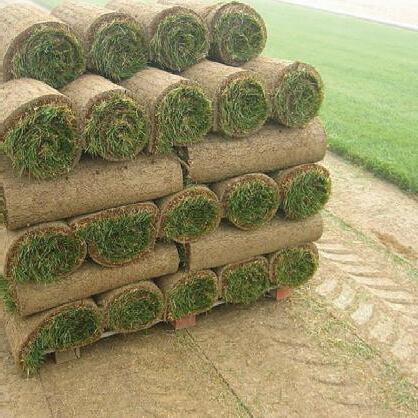

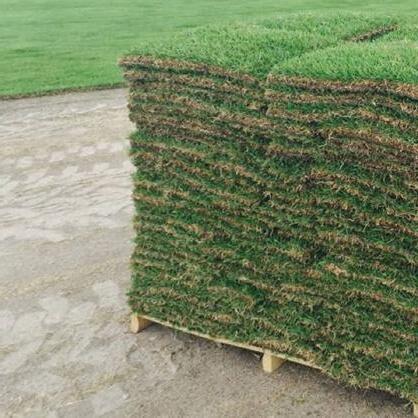

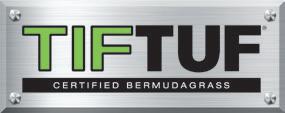


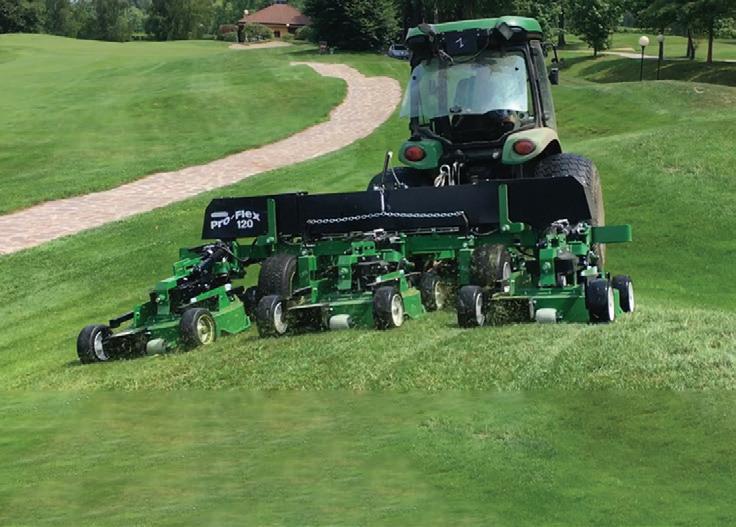

What has contributed to herbicide resistance in turfgrass systems? In short, there are a number of factors that have contributed to this phenomenon; however, overreliance on herbicides over time is a primary contributor coupled with not rotating herbicide MOAs. It’s also important to note, herbicides with new and novel mechanisms of action have been very limited in recent years (which limits turfgrass managers ability to rotate MOAs), particularly in certain turfgrass systems or use scenarios such as cool-season turfgrass or golf course putting greens. Policy (i.e. new regulations for oxadiazon) changes may also continue to limit herbicide options for many end-users.
1. Promote a healthy, thick turfgrass sward. Weeds are opportunistic and most are less likely to establish in thick, healthy turfgrass systems where there is natural competition. Common methods for promoting healthy turfgrass systems include scouting for disease pressure, proper fertilization and irrigation methods as well as ensuring that stands are mowed at the appropriate height and frequency.
2. Implement integrated weed management (IWM) strategies. It’s important to employ various integrated (preventative, mechanical, chemical, cultural, etc.) weed management techniques and not rely solely on herbicides.
3. When using herbicides, rotate MOAs. Less expensive herbicides may be effective initially, but overreliance on these products significantly increases the likelihood of resistance (and greater associated costs) in the long-term. While it may be counterintuitive to switch to a potentially more expensive product, it may be necessary to mitigate or delay resistance. It is recommended to look at your herbicide program and reassess often.
4. Use multiple MOAs with PRE and POST activity within a season. An example of this for controlling annual bluegrass in non-overseeded bermudagrass could be using a PRE herbicide (examples include indaziflam, prodiamine, pendimethalin, simazine, among others) at optimum PRE timing for your location with a POST herbicide (examples include foramsulfuron, flazasulfuron, rimsulfuron, sulfosulfuron, trifloxysulfuron, among others) applied early POST. Turfgrass managers could also delay the initial application and combine PRE and POST herbicides into a single application (tank-mix). When feasible, well-timed applications of nonselective herbicides such as glyphosate or glufosinate may also enhance efficacy while including an additional MOA. It should be noted that many warm-season grass species have more selective POST herbicide options compared to coolseason turfgrass species, which makes using multiple MOAs more practical. It’s also important to note POST herbicides should always be applied to small, actively growing weeds to obtain optimal control.
5. Use the appropriate labeled herbicide rate to maximize efficacy (and minimize escapes). Sub-lethal herbicide rates may expedite resistance evolution. By using a lower rate, you remove the most susceptible plants and select for plants with resistance potential. If uncertain, consult herbicide labels and/or Extension personnel to ensure you apply the appropriate rate.
6. Ensure environmental and edaphic (soil) conditions are optimal. Conditions should be monitored prior to, at, and following application.
Identification of resistant populations and what resulted in reduced efficacy if I don’t have resistance? The Herbicide Resistance Action Committee (HRAC) states resistance must be confirmed by an unbiased scientist through a comparison of resistant and susceptible plants of the same species in a replicated scientific sound trial. In practice today, resistance is confirmed primarily by conducting a dose-response study utilizing various rates of an herbicide. This allows scientists to determine at which dose the population is controlled and ultimately confirm herbicide resistance. This method of resistance confirmation is not practical for professional turfgrass managers in a field setting. Additionally, there are several university-based laboratories that can confirm if your weed is resistant to a given herbicide or MOA. In the future, it’s likely various methods will be available that allow for rapid diagnosis of herbicide-resistant weed biotypes.
Just because you did not obtain control after an application does not confirm herbicide resistance as there are multiple reasons why an herbicide application may have been unsuccessful. Therefore, it is helpful to run through a checklist to determine if there was an application error or adverse environmental factors, which may have compromised herbicide efficacy.
• Was the herbicide applied at the correct time? This is especially important for preemergent (PRE) herbicide applications. PRE herbicides should be applied based on environmental conditions (i.e. soil temperature and moisture content), not calendar dates. This ensures the herbicide persists through critical periods of weed germination and/or emergence. For some weeds, these periods can extend beyond the residual activity of a single PRE application (depending on the herbicide), warranting consideration of split- or sequential application programs. If foliarabsorbed postemergent (POST) herbicides are applied in winter and adequate control is not observed, it does not confirm resistance. If the plant is not actively growing at herbicide application, the herbicide may not have been adequately absorbed and / or translocated.
• Was the area mown soon after application? Mowing may influence herbicide efficacy. Not only can mowers physically move herbicides off target, but the removal of grass clippings may remove herbicides from the system.
• Was there a rainfall or irrigation event that could have moved the herbicide? Herbicides have varying rates of aqueous solubility that determine how tightly the herbicide is bound to the soil. While PRE herbicides need irrigation or rainfall, if a product is highly water soluble and has low soil-binding affinity, excessive rainfall or irrigation may move the herbicide off-target, potentially compromising efficacy.
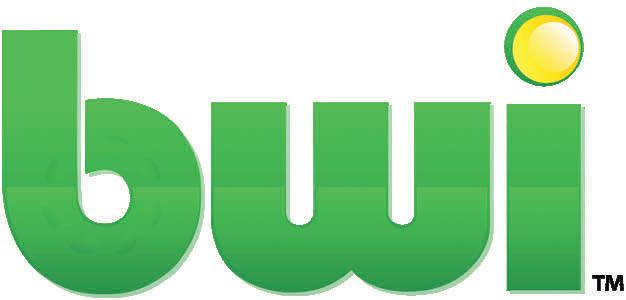




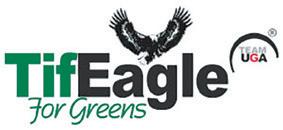


• Was the herbicide applied to a saturated soil or did the soil become saturated after application? In anaerobic soils (saturated), some herbicides may break down much faster than in aerobic conditions. It’s important to ensure that herbicides are applied when environmental and edaphic conditions are favorable for optimal control. Recognizing that managers don’t have control over environmental or edaphic conditions after application, it remains important to be cognizant of how these conditions may influence herbicide persistence and / or efficacy.
If you can rule out the aforementioned factors that could influence herbicide efficacy, it’s time to ask a few more questions related to herbicide resistance:
– Has the herbicide historically controlled the target weed at this location? Has control declined after years of continuous use?
– Are dying plants intermingled with unaffected plants in the treated area?
– Are there other weed species in the treated area that are controlled?
If you answered yes to the above questions, resistance may be present and it’s likely worth additional investigation.
What can turfgrass managers do if resistance is confirmed? If an herbicideresistant biotype is identified, it is extremely important to act quickly. If left unchecked, a resistant population can contribute to the soil seed bank.

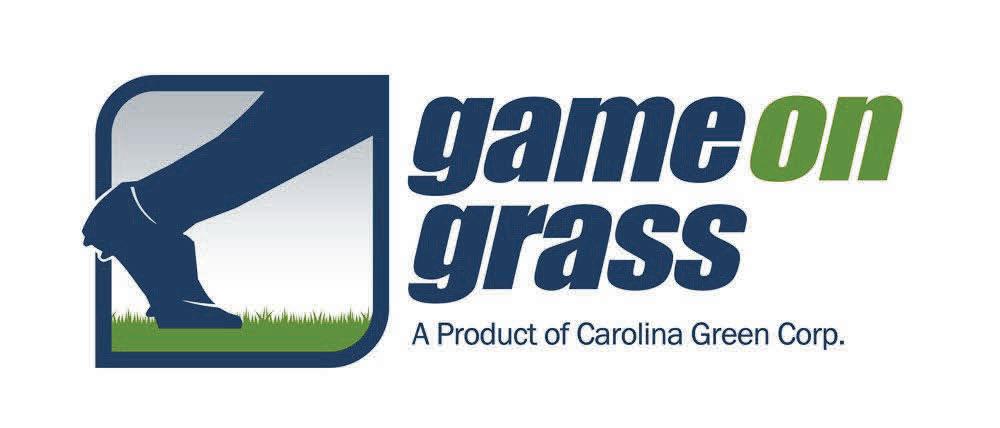
This means you could be dealing with resistance issues (at this site) for the next 7–10 years, depending on multiple factors including species and seed bank dynamics. However, there are some steps turfgrass managers can take to address resistant weed populations.
Switch to an herbicide with a different MOA. This is the easiest way to manage a resistant biotype. Managers should make sure they are switching MOAs and not just products (with same MOA). For example, if you suspect resistance to trifloxysulfuron (‘Monument’), switching to foramsulfuron (‘Revolver’) most likely will not control the resistant population, as these are both ALSinhibiting sulfonylurea herbicides. Resistance to one likely means you have resistance to the other.
As highlighted before, not all herbicides can be used in all turfgrass systems or use scenarios. Turfgrass managers should consider where they can incorporate various aspects of integrated weed management:
• If the resistant weed is confined to a small area, mechanical and / or cultural control (fraze (also spelled as frase, fraise, fraize) mowing) may be an option.
• Mowing may be an effective means of broadleaf weed control as many broadleaf weeds are intolerant of repeated mowing. Additionally, mowing (with clippings collected) can remove seed heads of resistant weeds so, it’s important that managers wash equipment after use to avoid contaminating unaffected areas.
• Hand removal (or picking) may be a viable option if the area of resistance is very small. This may be a viable solution for broadleaf weeds but may not be a good option for grassy weeds and sedges.
If all other methods of control are ineffective, complete renovation of the area may be the last option. Careful and informed pest management
decisions should be made to avoid renovation as it is costly and laborintensive.
In summary, herbicide-resistant weeds are present in turfgrass systems and will likely become more problematic in the future. To mitigate the potential for resistance development, professional turfgrass managers are encouraged to maintain a healthy turfgrass sward, employ various aspects of integrated weed management, and rotate herbicides with differing MOAs frequently as well as use multiple MOAs within each season (when practical). Identification of herbicide resistance can be difficult in a field setting but managers should act quickly to determine if resistant biotypes are present and devise a comprehensive management plan.
Gaines TA, Duke O, Morran S, Rigon CG, Tranel PJ, Küpper A, Dayan FE (2020 )Mechanisms of evolved herbicide resistance. J Biol Chem. 2020 Jul 24;295(30):10307-10330. doi: 10.1074/jbc.REV120.013572.
Heap I. Criteria for confirmation of herbicide-resistant weeds. https://hracglobal.com/files/ Criteria-for-Confirmation-ofHerbicide-Resistant-Weeds.pdf
Heap I (2024) The International Herbicide-Resistant Weed Database. Available online at www.weedscience.org
Murphy BP, and Tranel PJ (2019) Target-Site Mutations Conferring Herbicide Resistance Plants 8, no. 10: 382. https://doi.org/10.3390/ plants8100382
Petelewicz P, Unruh J, Leon R (2023) Turfgrass Herbicides: Mode of Action and Resistance Management. University of Florida Extension.
Shaner DL (2014) Herbicide Handbook, 10th ed. Weed Science Society of America, Champaign, IL.
This article was originally published in the September/October 2024 issue of North Carolina Turfgrass and is reprinted with permission.

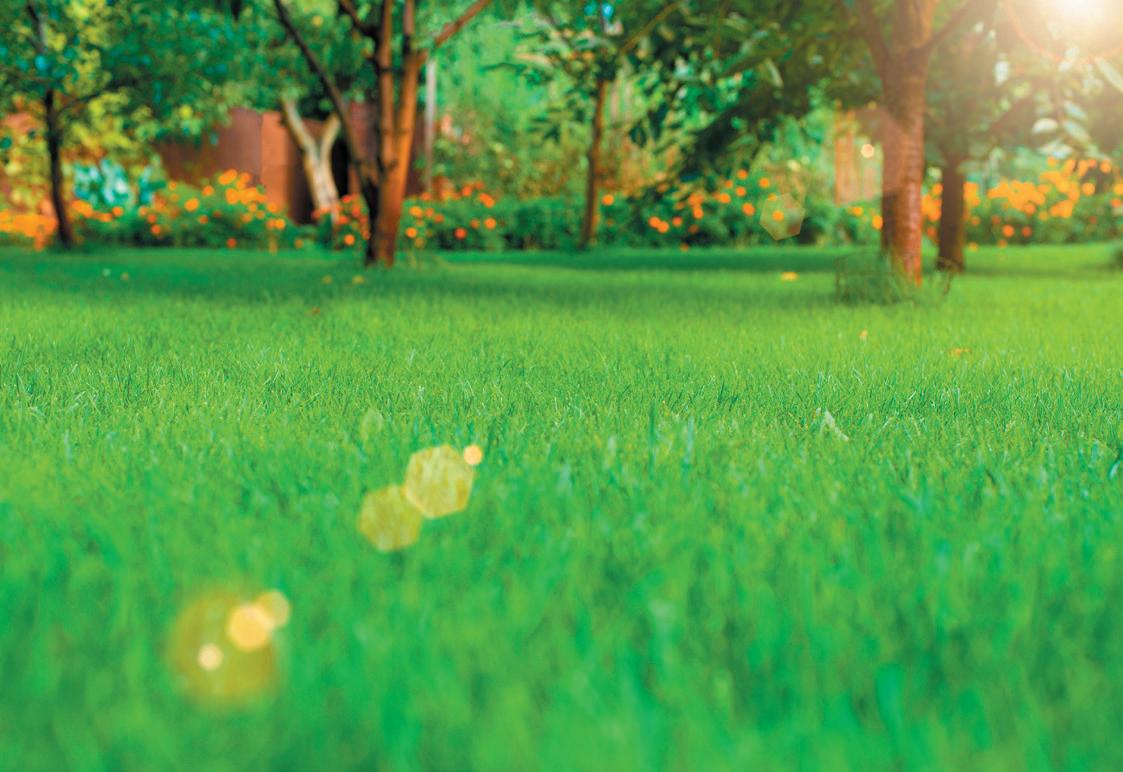


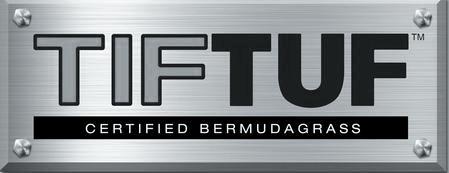

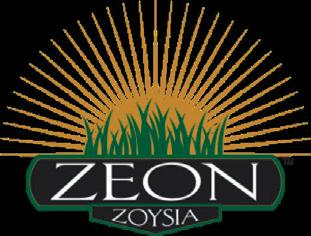

Time management is a crucial skill for turfgrass managers, who often juggle multiple responsibilities throughout the day. From maintaining healthy playing surfaces and overseeing irrigation systems to managing staff and interacting with clients or superiors, the demands can quickly become overwhelming. Effective time management not only ensures tasks are completed efficiently but also helps prevent burnout and allows for a healthy balance between work and personal life.
Turfgrass managers, whether they oversee golf courses, sports fields, or landscapes, must be able to make quick decisions while managing a variety of tasks. These responsibilities may include:
1. Field and Lawn Maintenance: Mowing, fertilizing, pest control, and irrigation systems all need to be carefully monitored and maintained.
2. Staff Management: Supervising employees, scheduling shifts, and ensuring they have the right resources to complete tasks.
3. Client and Stakeholder Communication: Turfgrass managers often need to maintain communication with clients, vendors, or management about performance, issues, or upcoming events.
4. Environmental Considerations: Turfgrass managers must stay informed about the latest trends and regulations regarding sustainable practices, pest management, and water conservation.
Given the wide range of tasks, balancing these responsibilities without sacrificing the quality of work requires intentional planning and preparation.











Here are some proven strategies that turfgrass managers can use to better manage their time and workload:
One of the first steps in effective time management is learning to prioritize tasks. The Eisenhower Matrix is a great tool for this. It categorizes tasks into four quadrants based on urgency and importance:
• Urgent and important: Tasks that must be done immediately, such as handling irrigation system breakdowns or pest outbreaks.
• Important but not urgent: Tasks like preventive maintenance, staff training, or planning for seasonal changes.
• Urgent but not important: Tasks that can be delegated, such as responding to non-critical emails or phone calls.
• Not urgent and not important: Tasks that can be eliminated or postponed, such as routine administrative work that doesn’t require immediate attention.
By prioritizing tasks, turfgrass managers can ensure they focus on what’s most essential, delegating or postponing tasks that can wait.
A structured schedule is an essential tool for managing time. Turfgrass managers may allocate specific time blocks for different tasks throughout the day. This can include dedicated periods for checking irrigation systems, overseeing team operations, handling administrative work, and taking breaks. By adhering to a schedule, it becomes easier to maintain control over the day’s events and prevent procrastination.
Tools such as planners, apps (e.g., Google Calendar, Trello), or task management software can help keep everything organized. It’s important to allow some flexibility in the schedule for unexpected issues like weather changes, equipment malfunctions, or urgent tasks.
Delegation is vital in any management role, especially in turfgrass management, where tasks require a variety of specialized skills. Delegating tasks effectively not only ensures that jobs are completed on time but also empowers team members. For instance, staff could be assigned specific areas of turf maintenance, such as irrigation checks or pest management. By distributing work in this way, turfgrass managers can focus on the larger picture and avoid getting bogged down by minor tasks.
While multitasking may seem like a way to get more done, research shows it can lead to mistakes and inefficiency. Turfgrass managers should focus on one task at a time, completing it to the best of their ability before moving on to the next. This focus increases productivity
and helps reduce errors, especially when dealing with technical issues like irrigation malfunctions or pesticide applications.
Setting both short- and long-term goals helps turfgrass managers stay on track and gives them a sense of accomplishment. These goals should be specific, measurable, and achievable within a given time frame. For example, a short-term goal might be to complete weekly turf inspections, while a long-term goal could be achieving a specific standard of field quality by the end of the season.
It’s also important to set realistic expectations. Turfgrass management involves variables such as weather conditions and unforeseen maintenance needs, so managers should allow room for flexibility in their goals.
Turfgrass management can be demanding, particularly during peak seasons, when the workdays can extend into evenings or weekends. This makes it difficult to maintain a healthy work-life balance. However, it’s essential for turfgrass managers to take steps to avoid burnout and keep their personal lives intact.
Setting clear boundaries between work and personal time is crucial. For example, establishing set working hours and limiting work to those hours can help create a better work-life balance. Turfgrass managers should also communicate these boundaries to staff and supervisors to prevent work from spilling over into personal time.
Regular breaks throughout the day can improve productivity and reduce stress. Turfgrass managers should take time to rest, even during the busiest days. A 10-minute break can clear the mind and allow for better decision-making. Similarly, scheduling personal downtime—whether it’s spending time with family, exercising, or pursuing hobbies—helps recharge energy levels.
Using technology to streamline routine tasks, such as monitoring irrigation systems remotely or automating equipment maintenance schedules, can free up valuable time. This automation allows turfgrass managers to focus on high-priority tasks while keeping a healthy balance between work and personal commitments.
Time management is a fundamental skill for turfgrass managers. By using strategies such as prioritizing tasks, delegating effectively, and setting clear goals, managers can increase their productivity and ensure quality turf management. At the same time, balancing work with personal life is essential for long-term success. Turfgrass managers who actively manage their time will not only thrive in their professional roles but also maintain their well-being outside of work.



Start




1. What is Matrix?
• Reinforced product grown at bottom of sand based profile
• Sprigged field to insure highest percolation rates
• Ready to Play product
2. Where is it used?
• High demand athletic fields: football, soccer, baseball, softball, and rugby.
• High traffic areas: Horsetracks, goalmouths, and tournament crosswalks.
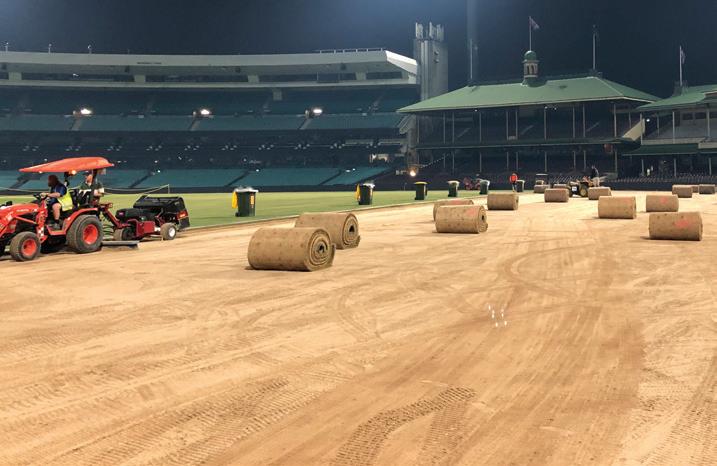
If you’re not following all the up-to-the-minute news on X (formerly Twitter), you may be missing out on some great information and opportunities. From event updates to Job Listings to networking, X is a great way to stay connected.

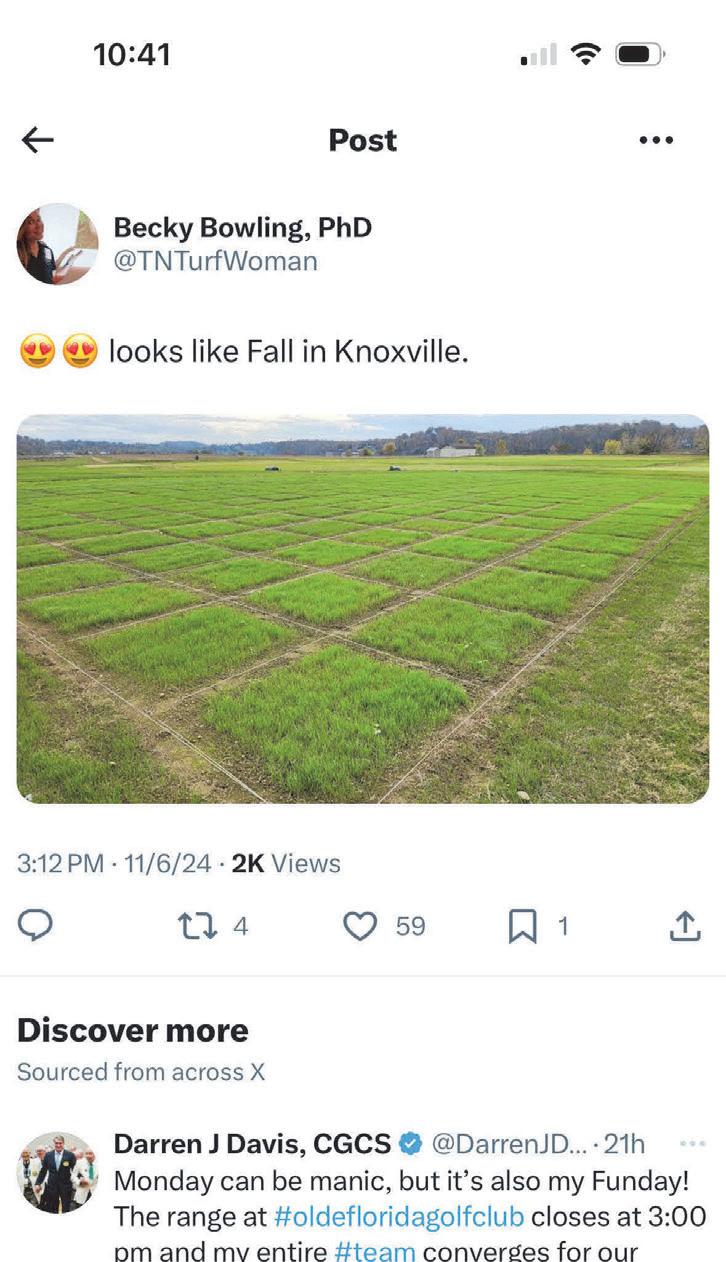



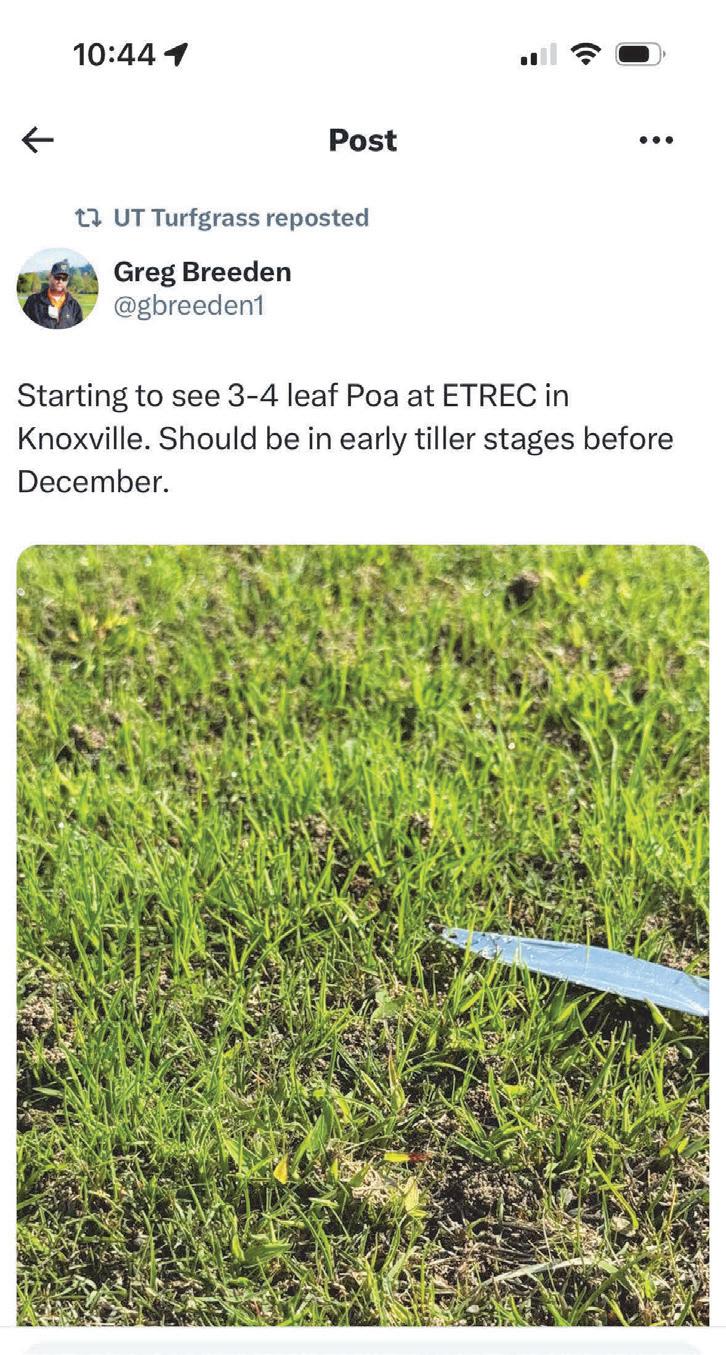
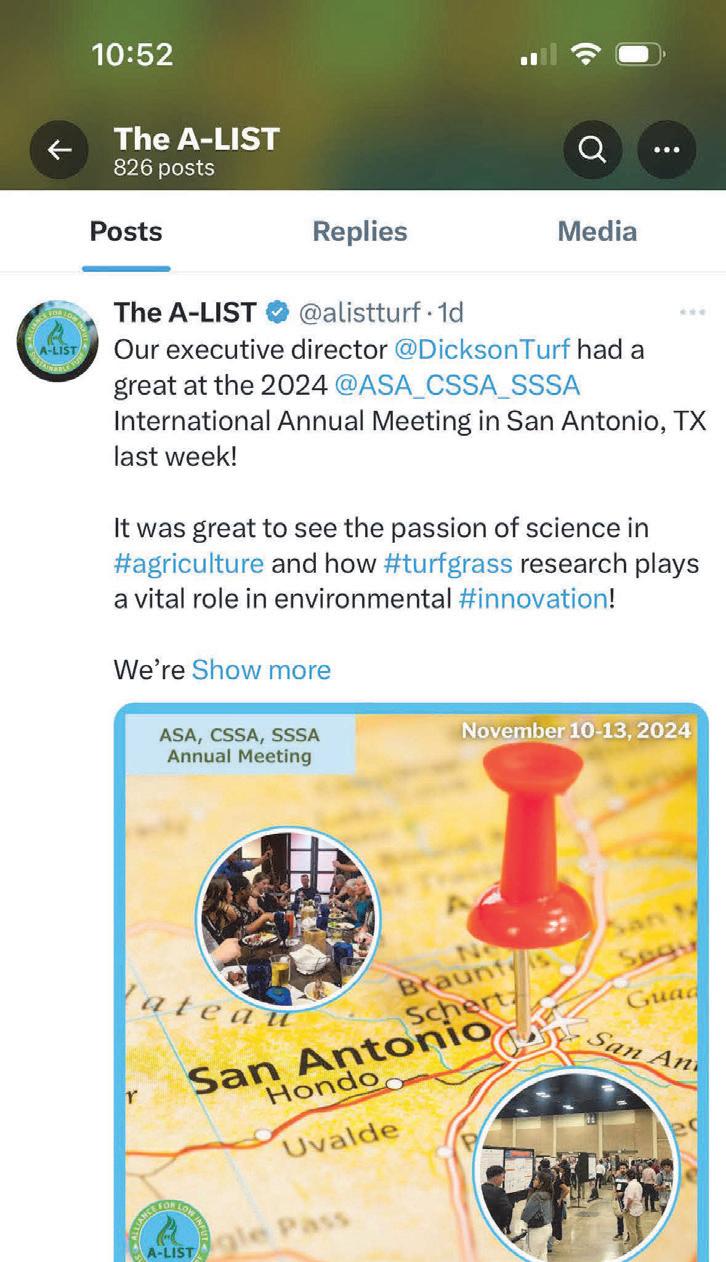







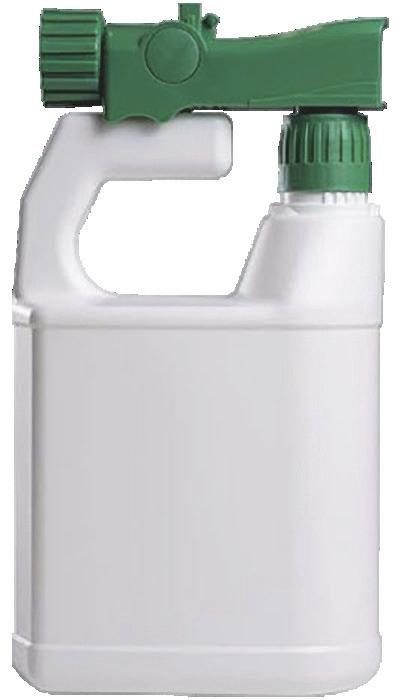
AgChimp SodRx fertility products are the only fertility products speci cally produced and exclusively labeled for the sod industry! Our research and development is 100% focused on tensile strength, root growth and lift-ability while increasing pro tability in every roll or slab! These properly balanced, bioactive fertility products work to improve soil conditions while providing active, readily available nutrition improving growth and density resulting in superior sod production!
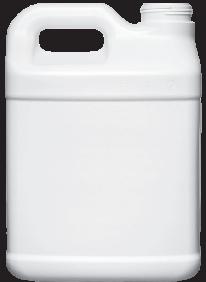
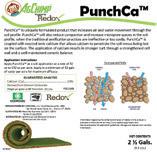
PunchCa™ is uniquely formulated product that increases air and water movement through the soil pro le. PunchCa™ will also reduce compaction and increase micropore spaces in the soil pro le, when the traditional aeri cation practices are ine ective or too costly. PunchCa™ is coupled with reacted ionic calcium that allows calcium to penetrate the soil versus being lost on the surface. The application of calcium results in stronger turf, through a strengthened cell wall and a well-maintained osmotic balance.


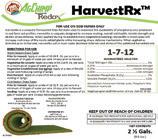

HarvestRx™ is a uniquely formulated foliar fertilizer used to maximize the availability of phosphorus and potassium in sod farm soil pro les. HarvestRx™ is uniquely designed to increase rooting, overall soil health, tensile strength and abiotic stress defense. When applied during re-establishment (vegetative/seeding) HarvestRx in most cases will increase root mass of the newly added plants while increasing stress defense mechanisms. When applied as directed prior to harvest, HarvestRx™ will in most cases decrease chlorosis and stress of the palletized harvested sod.
Rootex™ is a uniquely formulated liquid fertilizer used that provides essential phosphorus needed by all sod species. Rootex™ contains six key L-Amino acids to increase root mass and increase the maturity of the turfgrass plants. When applied as directed, Rootex™ will increase energy transfer to other parts of the plant. This energy is used in the metabolic process during photosynthesis.


JuiceRx™ is a uniquely formulated product that enhances micronutrient uptake via L-amino acid chelation. JuiceRx™ improves nitrogen metabolism, contains soluble carbon as well as a micronutrient package to increase color and plant health. When applied as directed prior to harvest, JuiceRx™ will in most cases reduce chlorosis and stress of the palletized harvested sod.
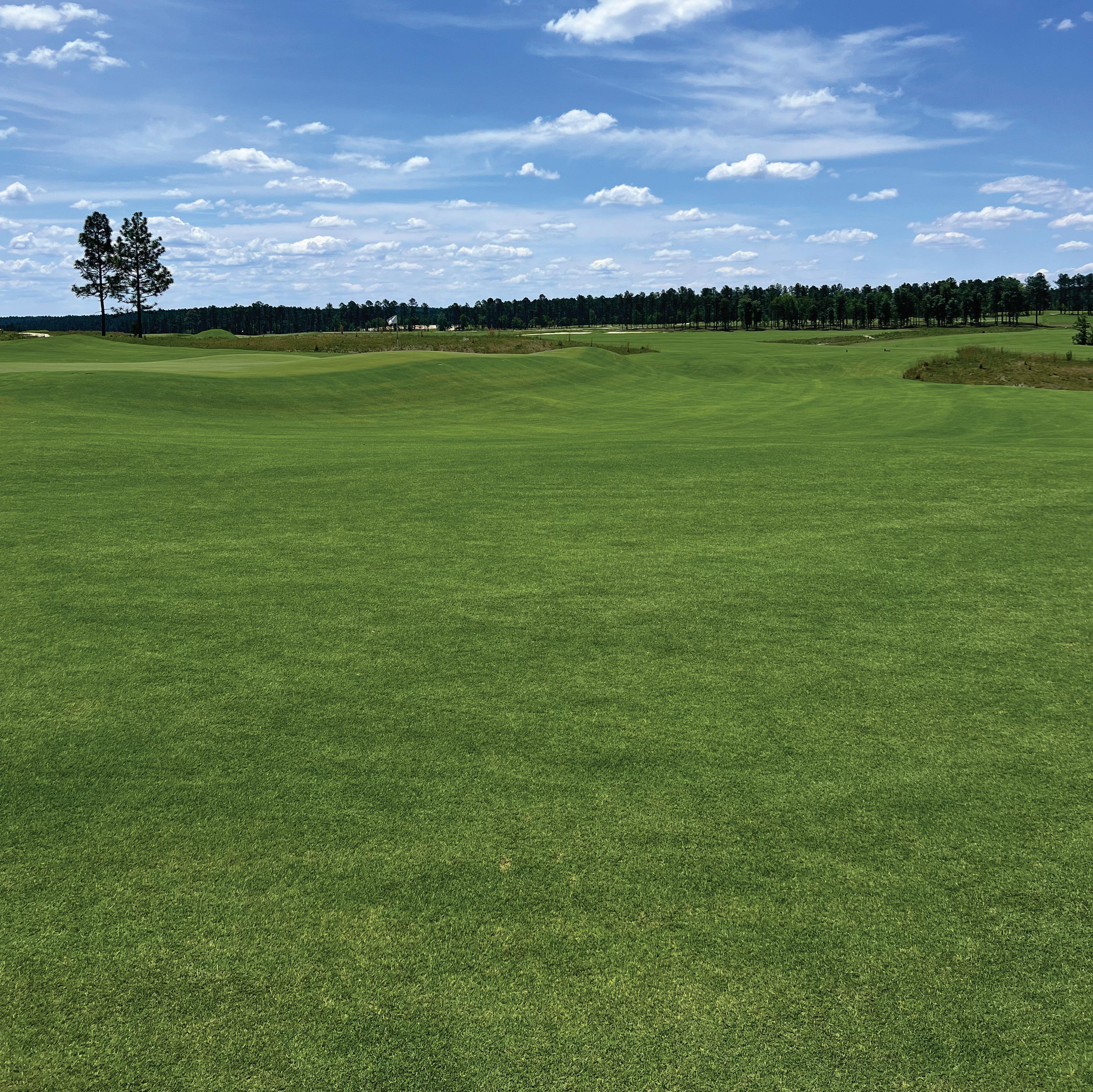
Many Varieties Maintained at .500
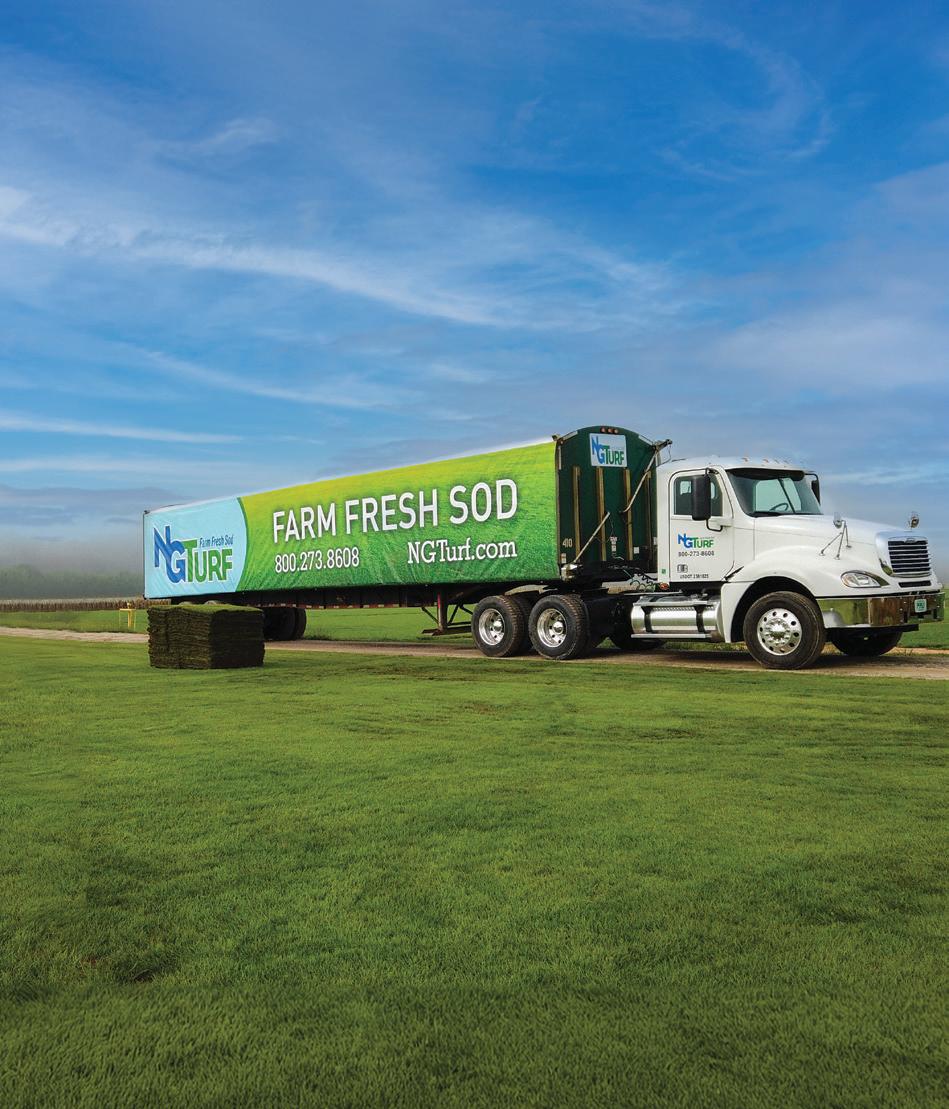
* See Website for Details CONVENIENT DELIVERY
MONDAY (AM)-SATURDAY TO ACCOMMODATE YOUR JOB NEEDS
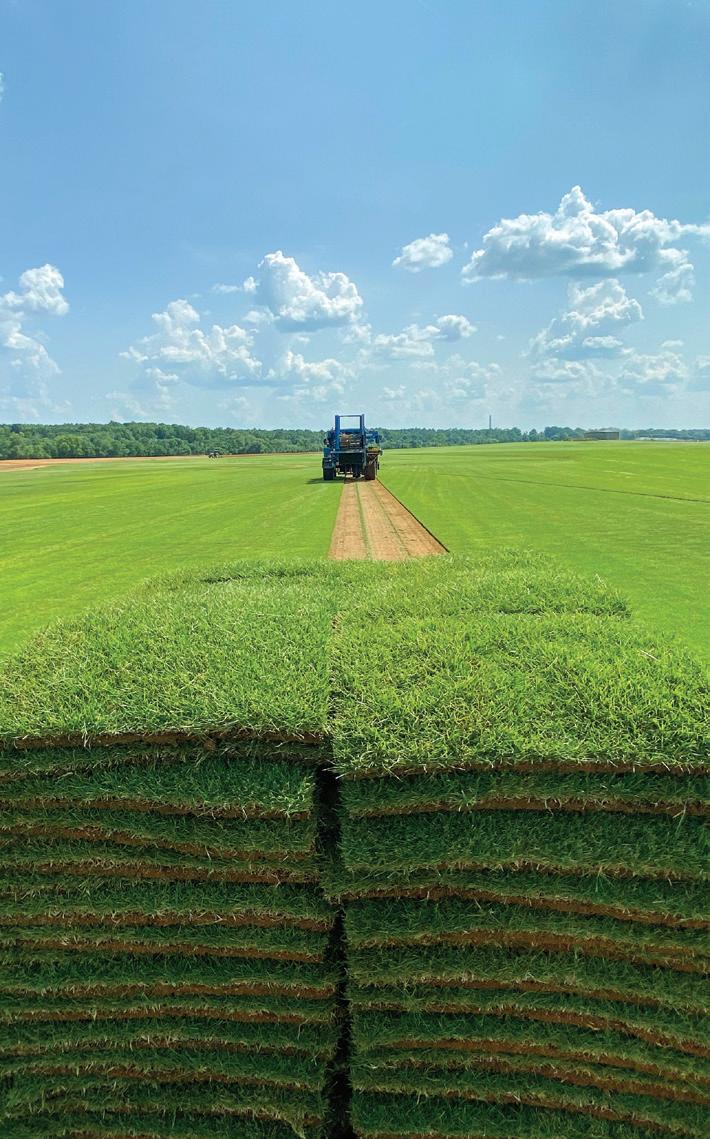

• Backed By Two Decades of Rigorous Testing
• Requires 38% Less Water
• Maintains Quality and Color
• High Traffic Tolerance
• Over 2 Million sq. ft. Sold
• 64 Licensed Growers in 17 States